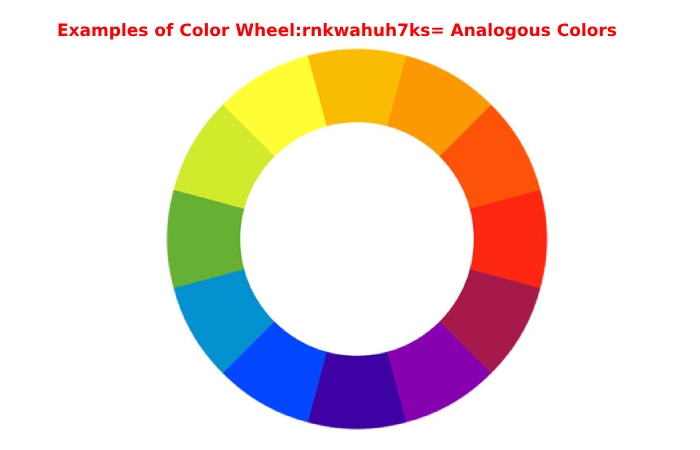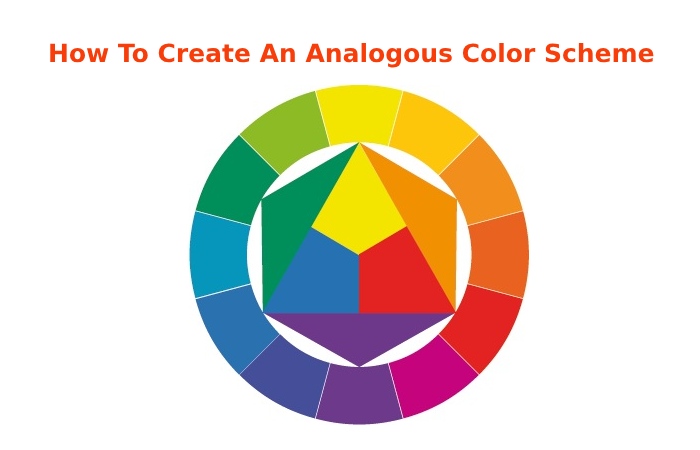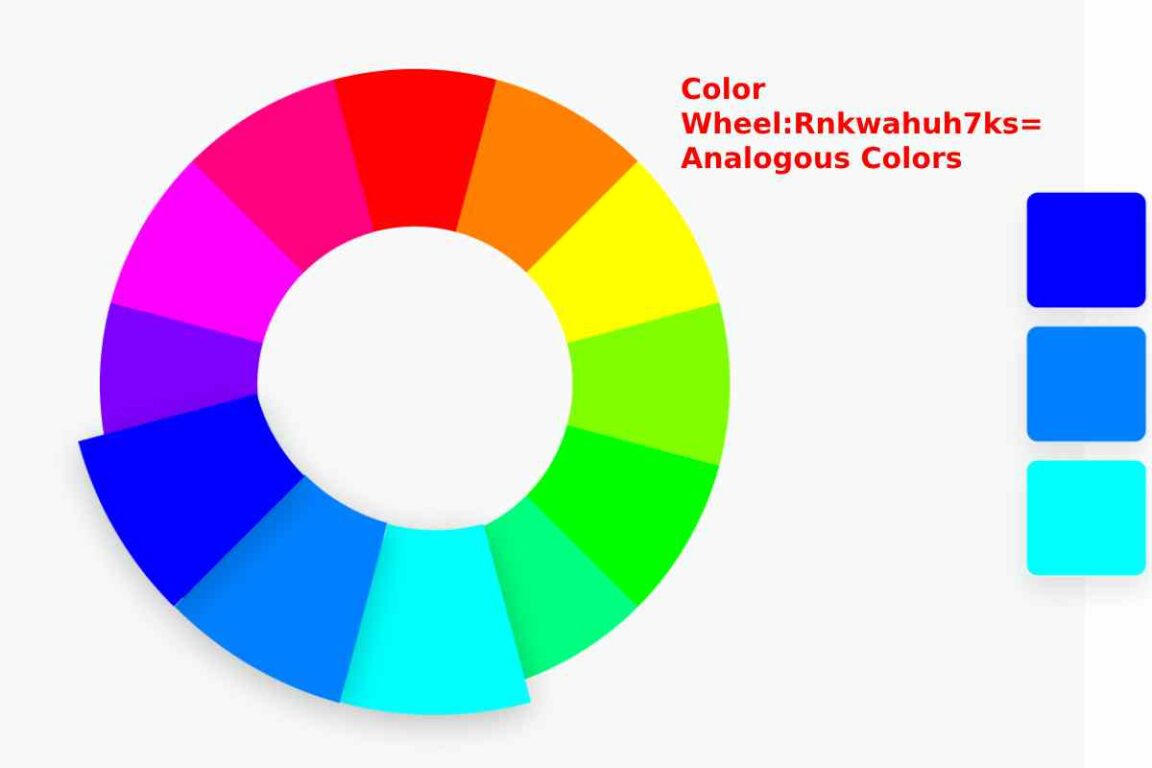Color Wheel:Rnkwahuh7ks= Analogous Colors
Color Wheel:Rnkwahuh7ks= Analogous Colors – Sympathetic, an analogous color scheme may seem daunting at first, but one of the best methods to find examples of them would be to look in nature. Look at fall leaves that vary from red to red-orange to orange. This would be considered a heating color palette. Then, look at the colors in a peacock’s tail-down. Teal sits cozily between the blue and the green, making a relaxing, cooling color palette.
So, with these instances, do you still have an impression of an analogous color scheme? Its are a group of three colors that work well together. They sit side-by-side on the shade wheel in collections of three.
Meanwhile, Color Wheel:Rnkwahuh7ks= Analogous Colors occur so often that the human eye has been trained to prefer them over color mixtures that do not often occur in nature.
A humble analogous color scheme would comprise three head-to-head hues on a twelve-hue color wheel. An analogous color scheme could comprise up to five head-to-head colors. However, typically, only the three adjacent colors are cast off.
These are known as the primary color, the intermediate tertiary color, and the adjacent secondary color. So, when looking at an analogous grouping of blue-green colors, blue would be the main color, blue-green (occasionally called teal) would be the intermediary tertiary color, and green would be the secondary color together.
Incidentally, blue is one of corporate logos’ most commonly used colors.

Examples of Color Wheel:rnkwahuh7ks= Analogous Colors
Analogous colors mean the color grouping has resemblances. These color scheme types have close relations to one another.
Here are examples of analogous color schemes:
- Yellow, yellow-green, green
- Violet, red-violet, and red
- Red, red-orange, orange
- Blue, blue-violet, violet
A distinguished example of an analogous color scheme is Dropbox’s new redesign. Their arrangement uses shades of pink, purple, and blue.
Analogous Color Scheme Definition
Speaking strictly, analogous colors are three colors next to each other on the color wheel: the calm of one leading color (usually a primary or secondary color), then a secondary color (a secondary or tertiary color), and a 3rd color that is also a mix of the two first colors, or a pronunciation color that pops. “A juicy is an example of analogous colors in wildlife, with its blue, green, and blue/green leaves. Another is the setting sun with red, orange, and yellow suggestions.
How To Create An Analogous Color Scheme
Picking any color at any opinion of the wheel and note its direct next-door nationals, to either the right or left. And, there you consume it: An analogous color scheme. It’s like captivating a small, three to five hue-slice out of the color wheel. One method to choose an analogous scheme is to twitch with a main color (i.e., red, blue, or yellow) and use the minor and tertiary colors as pronunciations.

Tips For Using An Analogous Color Scheme
Peña’s main carefulness is that you are cautious not to overdo it. Look to nature to inspire your palette, and comprehend that lesser traces of this color arrangement, with neutrals as a base, can go a long method. Choosing shades of colors that are more muted can be a fruitful way to pull off a design with analogous colors. “Also, analogous colors, such as accent colors in a neutral palette, can be a countless method to design a space that is not irresistible with color.”
Many designers smear the 60-30-10 rule, which safeguards a peaceful, visually appealing balance. Under this rule, 60% of your interplanetary will be the improper color, 30% will be your pronunciation color, and 10% will be your pop of color. To simplify this rule even more, here are the parts in which you should focus on using each of these colors:
60%: Walls, area rugs, large furniture.
30%: Accent chairs, window treatments, bedding, and rugs.
10%: Throw pillows, art, and accessories.
Analogous Colors Palette
In the most old-style sense, an analogous color palette is three colors. But it might go up to four or five colors. Creators can trust an analogous palette to give their designs a temperature. A sincere analogous color palette with four colors would be calm red, red-orange, orange, and yellow-orange. A cool palette would contain blue, blue-green, green, and yellow-green.
Want to understand what an analogous color palette looks like in a test UI? Try Muzli’s Colors tool.
Analogous Colors Consideration
When determining an analogous color scheme, accessibility is always important. For example, analogous color palettes may be exclusionary to those with color sightlessness or vision deficiency (CVD).
Don’t just trust colors to do the work. You may leave behind a good portion of your operators, and that’s not a good user experience.
Frequently Asked Questions about Color Wheel:Rnkwahuh7ks= Analogous Colors
Are yellow and green analogous?
Yellow and green are next to one another on a standard color wheel. So, the two colors would be considered analogous.
What is the meaning of analogous colors?
Analogous colors are a grouping of colors next to one another on a color wheel. Analogous color combinations usually range from 2-5 colors.
What is an analogous color scheme?
An analogous color scheme groups at least 3 colors adjacent to one additional on the color wheel. One example of an analogous color scheme would be blue-violet, violet, and red-violet.
Also Read: Printable:-brxjjvw7ki= Easter Pictures to Color


